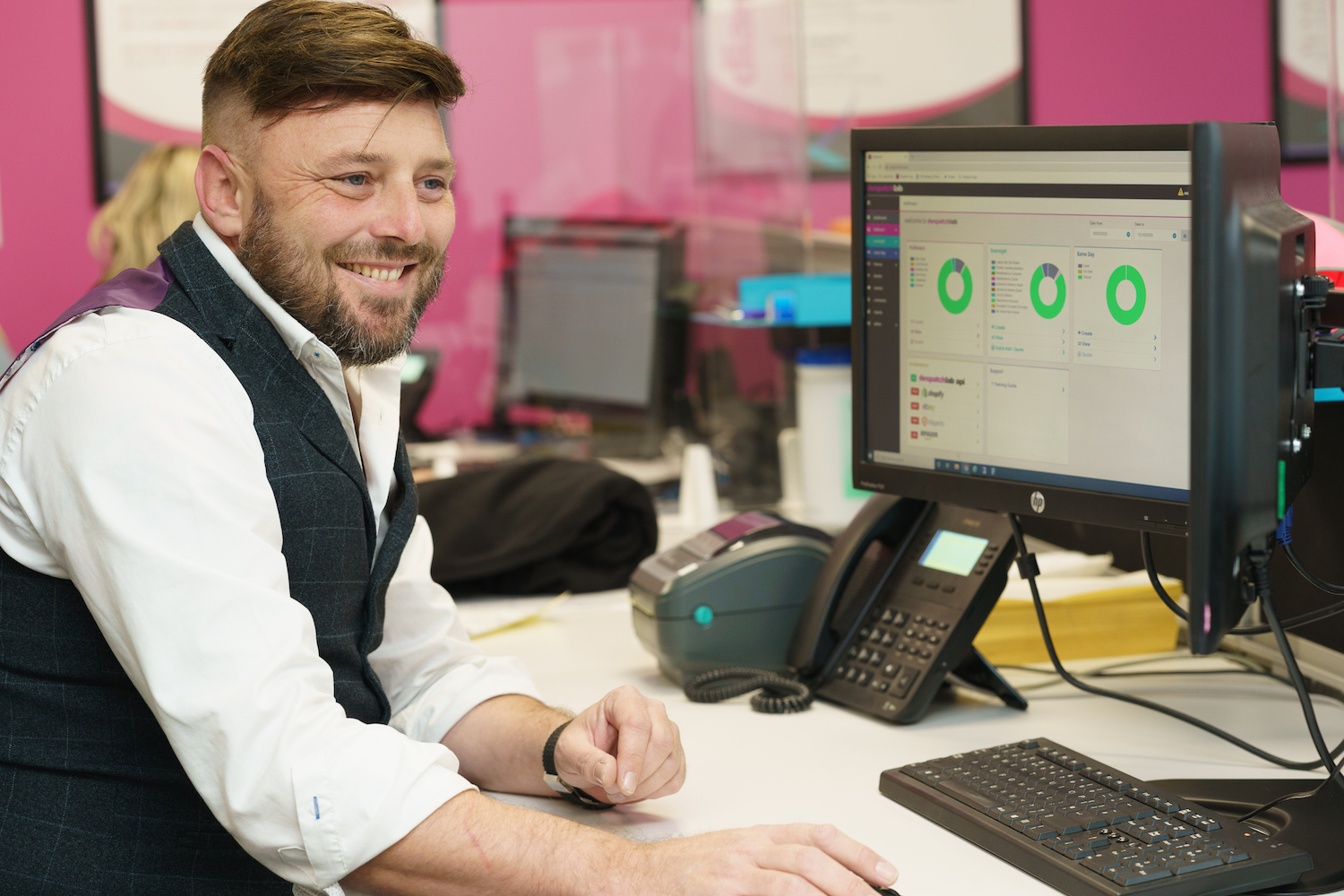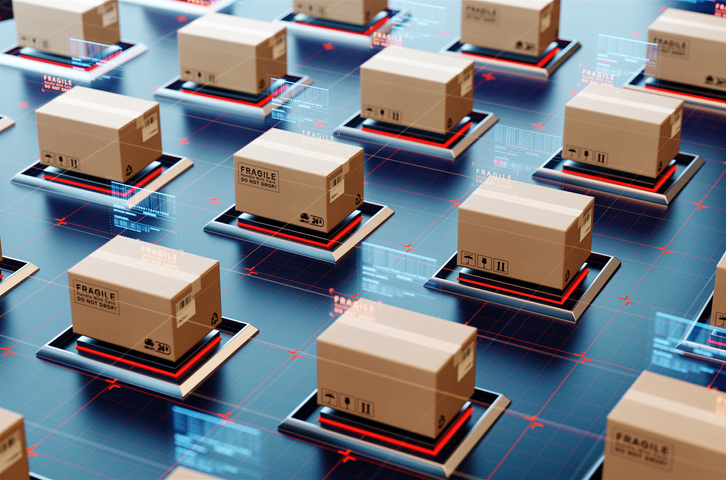There’s a saying in logistics: “One wrong order can lose a customer for life.” It’s true. People might forgive a late delivery if you apologise and fix it, but send them the wrong item and it undermines trust in your brand. Accuracy isn’t just a warehouse metric — it’s the foundation of customer experience.
When you outsource fulfilment, you need to know exactly what accuracy rates your partner can deliver. Anything less than stellar, and you’ll feel it in your reviews, repeat purchase rates, and customer service workload.
Why Accuracy Matters
• Customer trust. When an order arrives exactly as expected, it builds confidence. Do it consistently, and customers return again and again.
• Cost control. Every error costs money — not just in replacement stock and shipping, but also in handling returns and lost sales.
• Brand reputation. In the age of social media, one angry unboxing video spreads fast.
Accuracy isn’t a “nice to have.” It’s a business-critical metric.
The Benchmark to Aim For
Top-tier fulfilment partners should guarantee 99%+ accuracy rates. Many will proudly advertise their order accuracy in contracts and SLAs (service level agreements). If they don’t, ask. And if they’re vague, that’s a red flag.
To be clear: no provider is 100% perfect all the time. But anything below 98.5% should worry you. That means at least 15 errors in every 1,000 orders — far too many when each mistake is a customer you risk losing.
How Errors Happen
Even the best warehouses have human moments. Mistakes typically occur because of:
• Poorly organised inventory (harder to find the right item).
• Manual processes without barcode scanning.
• Team members under pressure during peak season.
• Lack of double-check systems at packing stations.
The Cost of Getting It Wrong
Let’s say you ship 10,000 orders a month. At 95% accuracy, that’s 500 mistakes. Each error might cost £10–20 in replacement product, shipping, and admin. That’s £5,000–£10,000 lost every month — not counting the reputational damage.
At 99.5% accuracy, those errors drop to just 50. That’s the difference between frustrated customers and fans who recommend you.
Real-World Example
A growing homeware brand I know switched providers after a nightmare holiday season. Their old warehouse had an accuracy rate closer to 96%. That meant hundreds of wrong orders at Christmas — their busiest time of year. Their Trustpilot score tanked, customer service was swamped, and their returns bill ballooned.
When they moved to a partner guaranteeing 99.8% accuracy with scanning technology, the difference was night and day. Complaints dropped, customer service workload halved, and sales climbed — because people actually trusted them again.
Questions to Ask Your Provider
- What’s your order accuracy rate?
- Do you guarantee it in writing?
- What technology do you use to reduce errors?
- How do you handle mistakes when they happen?
- Can you share accuracy reports from existing clients?
Final Thought
Accuracy isn’t just a line in a KPI report — it’s the heartbeat of your customer experience. The fulfilment partner you choose is effectively representing your brand every time they put an item in a box.
So don’t settle for “good enough.” Demand 99%+ accuracy, insist on transparency, and make sure they have the systems in place to back it up. Because in ecommerce, a single mistake might cost you a customer — but accuracy earns you loyalty.






